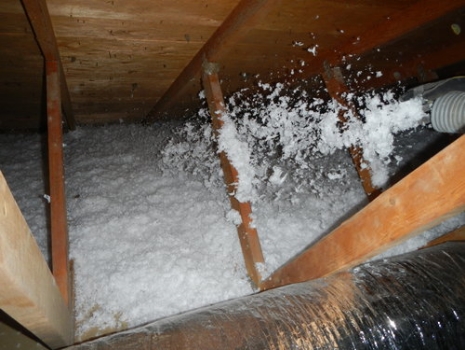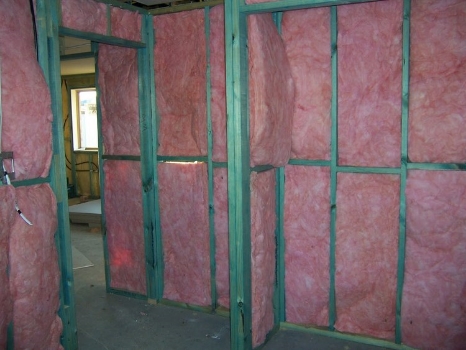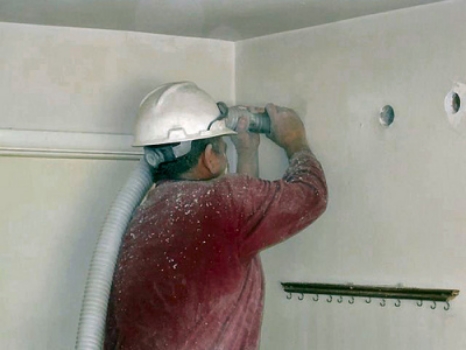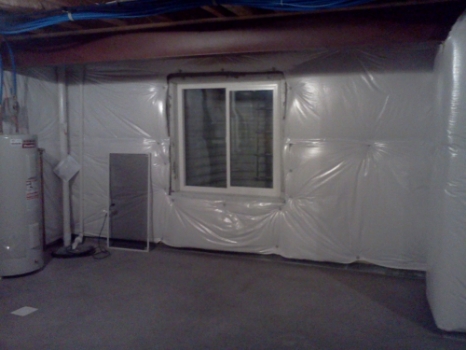Watch Out For Ice Damming !
/ Diagram of the causes of ice damming and the potential for damage to shingles and other roofing componentsIce damming is a condition whereby a mass of ice builds up on the lower surface of the roofing substrate, predominantly during the freeze thaw cycle of extreme cold temperatures, and warmer temperatures. It is a problem inherent to Calgary, with our Chinook warm spells.
Diagram of the causes of ice damming and the potential for damage to shingles and other roofing componentsIce damming is a condition whereby a mass of ice builds up on the lower surface of the roofing substrate, predominantly during the freeze thaw cycle of extreme cold temperatures, and warmer temperatures. It is a problem inherent to Calgary, with our Chinook warm spells.
The most likely cause is a lack of insulation along the outside edges of the attic, and an uneven gradient distribution of insulation between the center and outside perimeter. The problem is accelerated by an under insulated attic, with a poor vapor barrier, because warm air is allowed to freely leave the home, and penetrate into the attic, creating a warmth to the underside of the shingles.
When a large mass of snow is dumped on the roof, it is warmed by the warmer center of the attic, and runs down the roof, until it encounters a colder lower edge where there is little or no heat.
The water freezes along this lower edge, getting under the shingles, and repeats over and over, until a dam of ice holds water on the roof for further freezing. It is generally worst, where there are unheated overhangs larger than 8”. When an extreme warm spell occurs, or spring temperatures, this ice will melt, occasionally penetrating the damaged shingles, and occasionally penetrating into the attic cavity itself.
There is great potential for damage to the wall cavity below, if this occurs. It is incumbent on every home owner to observe their roof during all seasons, and keep up with maintenance and the prevention of this condition. Neglect of such circumstances can lead to water penetration and ice buildup in the attic, and possibly the wall cavity.
The best way to prevent ice damming, is to upgrade your attic insulation, and observe how snow melts on your roof after a snowfall. With more insulation, both in the center mass, and the outside edges, you reduce the flow of heat from the home, into the attic, thus reducing the likely hood that snow will melt quickly, and then freeze into a dam at the lower edge. Ice damming is a cumulative effect that damages the shingles over many years, until there is a failure and a roof leak. It is not a condition that can occur in one season, or several months.







